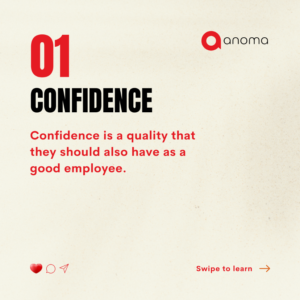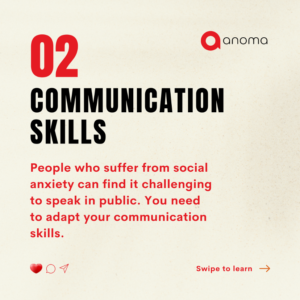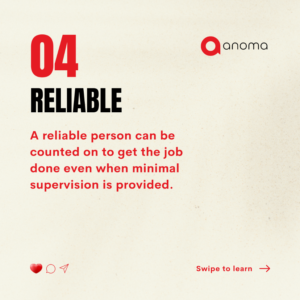- November 30, 2022
- Posted by: Author Anoma
- Categories:

“ Teamwork coming together is a beginning, keeping together is progress, working together is success ’’ — Henry ford
To be Effective Team Building – Anoma Tech must be able to collaborate in order to contribute collectively to team outcomes. However, this does not happen by itself: it develops as the team works together. You have probably had the experience of being assigned to a team to work on a school assignment or project.
When your team first meets, you most likely sit around and stare at each other, unsure of where to begin. You are not a team at first; you are simply individuals who have been assigned to work together. You get to know each other over time, and you learn what to expect from each other, how to divide labor and assign tasks, and how to coordinate your efforts.
Team development stages:
In 1965, researcher Bruce Wayne Tuckman published “Tuckman’s Stages” to improve teamwork and help businesses become more efficient. It discussed the four stages of development that all teams go through forming, storming, norming, and performing.
Tuckman and doctoral student Mary Ann Jensen expanded the “ five stages of team development “ in 1977 by adding a fifth stage called adjourning.

1. Stage of formation:
The forming stage includes a period of orientation and getting to know one another. During this stage, there is a lot of uncertainty, and people are looking for leadership and authority. A member who asserts authority or is knowledgeable may be considered for command.
“ When we learn how to work together versus against each other things start getting better ’’

2. Stormy stage:
The storming stage is the most difficult and dangerous to get through. Individual personalities emerge during this period of conflict and competition. Effective Team Building – Anoma Tech may suffer during this stage as energy is diverted to unproductive activities.

Members may disagree on team objectives, and subgroups and cliques may form around strong personalities or points of agreement. To progress through this stage, members must work together to overcome obstacles, accept individual differences, and work through competing ideas on team tasks and goals. At this stage, teams can become bogged down. Failure to address conflicts may lead to long-term issues.
3. Norming stage:
When teams successfully navigate the storming stage, conflict is resolved and some degree of unity emerges. During the norming stage, agreement develops on who the leader or leaders are, as well as the roles of individual members. Interpersonal conflicts start to fade, and a sense of cohesion and unity emerges.

During this stage, Effective Team Building – Anoma Tech as members learn to cooperate and focus on team goals. However, the peace is precarious, and if disagreements resurface, the team may revert to storming.
“ Success is best when it’s shared ’’ — Howard Schlutz
4. Performing stage:
Consensus and cooperation are well-established in the performing stage, and the team is mature, organized, and well-functioning. There is a clear and stable structure in place, and everyone is dedicated to the team’s mission.

5. Adjourning stage:
Most of the team’s objectives have been met as the meeting ends. The emphasis is on completing final tasks and documenting effort and outcomes. Individual team members may be reassigned to other teams as the workload decreases, and the team may disband. As the team comes to an end, there may be feelings of regret, so a ceremonial acknowledgment of the team’s work and success can be beneficial.
Effective Team Building – Anoma Tech
If the team is a standing committee with ongoing responsibilities, members can be replaced, and the team can return to the forming or storming stage and repeat the development process.
Putting together a team is difficult. It is a procedure. Knowing each stage of development can help you build all-star teams that produce incredible results.
Read more at www.anoma.io
